Mastering Base Coat Application: Safety Regulations and Best Practices
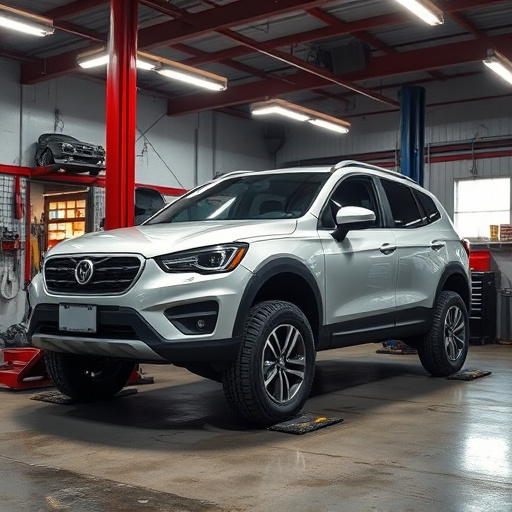
Base coat application is a critical step in car body restoration, requiring skilled technicians and…….
In the realm of coatings and finishes, base coat application stands as a foundational process that sets the stage for superior quality and durability. This article delves into the intricate world of base coat application, exploring its historical roots, global impact, technological advancements, and its pivotal role in various industries. By understanding this critical aspect of surface preparation, readers will gain insights into enhancing product performance and aesthetics across diverse sectors.
Definition: Base coat application refers to the initial layering of a protective or functional coating on a substrate, typically as a primer or undercoat. This process involves carefully selecting and applying a base coat designed to bond with the substrate’s surface, ensuring long-lasting performance of subsequent coatings.
Core Components: The primary elements of successful base coat application include:
Substrate Preparation: Proper cleaning, degreasing, and roughening of the substrate surface to ensure optimal adhesion for the base coat.
Base Coat Selection: Choosing a base coat that aligns with the substrate material, environmental conditions, and desired end-use performance. Common types include acrylics, polyurethanes, and epoxies.
Application Technique: This can vary from spraying, roller coating, or brushing, each method offering unique advantages for specific projects.
Historical Context: The practice of base coat application has evolved over centuries, driven by the need to protect surfaces from corrosion, wear, and environmental factors. Historically, natural resins and oils were used as primitive base coats on wooden ships and structures. With advancements in chemistry, synthetic coatings emerged, revolutionizing industries like shipbuilding, automotive, and construction.
Significance: Base coat application serves multiple critical functions:
Adhesion Promotion: It enhances the bonding strength between the substrate and subsequent topcoats, ensuring a durable finish.
Surface Protection: Base coats provide an initial barrier against moisture, chemicals, and environmental aggressors, prolonging the life of the final coating.
Color and Texture Control: They can introduce subtle colors or textures, serving as a foundation for artistic or decorative finishes.
Enhanced Durability: Proper base coat application contributes to the overall longevity and resilience of coated surfaces.
The global influence of base coat application is profound, with diverse regions adopting unique strategies and innovations based on local needs and resources.
North America and Europe: These regions have long been at the forefront of coating technology, driven by stringent environmental regulations that push for more sustainable and low-VOC (Volatile Organic Compound) base coats. Companies like AkzoNobel and Sherwin-Williams have pioneered water-based base coat formulations, reducing environmental impact without compromising performance.
Asia-Pacific: Rapid industrialization in countries like China and India has fueled demand for cost-effective, high-performance base coats. Manufacturers in this region are leveraging advanced polymer technology to develop versatile base coats suitable for various substrates, from metal and wood to concrete.
Middle East and Africa: In harsh climates, base coat applications must withstand extreme temperatures and UV exposure. Manufacturers here focus on developing durable, heat-resistant coatings that protect infrastructure and assets.
Trends Shaping the Future:
| Trend | Description |
|---|---|
| Sustainability Focus: The push for eco-friendly coatings continues, with a growing emphasis on biodegradable base coats and renewable resources. | |
| Smart Coatings: Integration of technology is on the rise, leading to self-healing, antimicrobial, and adaptive base coats capable of responding to environmental changes. | |
| Customization: Manufacturers are offering tailored base coats to meet specific project requirements, from anti-corrosive properties to enhanced scratch resistance. | |
| Digital Transformation: The use of advanced analytics and AI is transforming coating formulations, application processes, and predictive maintenance. |
The economic landscape surrounding base coat application is dynamic, with market forces influenced by raw material costs, technological advancements, and global trends.
Market Size and Growth: The global coatings market, including base coats, is projected to reach USD 263.9 billion by 2027, growing at a CAGR of 4.1% (Source: MarketsandMarkets). This growth is driven by increasing construction activities, rising demand for protective coatings in industries like automotive and transportation, and the need for sustainable building practices.
Investment Patterns: Major investments are directed towards research and development of advanced base coat formulations, particularly those catering to niche applications and extreme environmental conditions. Companies also allocate resources for plant upgrades to accommodate new production technologies.
Economic Impact:
Job Creation: The coatings industry supports a significant number of jobs worldwide, directly and indirectly, in manufacturing, sales, and application services.
Trade and Export: Many countries export base coat products, contributing to their economies. For instance, Germany is renowned for its high-quality coating technologies and exports them globally.
Infrastructure Development: Base coats play a vital role in infrastructure projects, ensuring the longevity of bridges, roads, and buildings, thereby supporting economic growth.
Technological breakthroughs have significantly enhanced base coat application, opening doors to improved performance, efficiency, and sustainability.
Nanotechnology: Nanoparticles are incorporated into base coats to impart unique properties like enhanced adhesion, increased hardness, and better corrosion resistance. These advanced materials enable the development of superhydrophobic (water-repellent) coatings that reduce surface tension and improve overall durability.
Biopolymers: The use of biodegradable polymers derived from natural sources is gaining traction as a sustainable alternative to traditional petrochemical-based base coats. Biopolymers offer comparable performance while reducing environmental impact.
Digital Application Technologies:
Precision Spraying: Computerized spraying systems enable precise application, minimizing material waste and ensuring consistent coat thickness.
Automated Roller Coating: Advanced machines with adjustable roller speeds and pressure deliver efficient, uniform coatings on large surfaces.
AI-Driven Formulation: Artificial intelligence is used to optimize base coat formulations based on real-time data, enhancing performance and reducing development time.
Future Technologies:
Self-Healing Coatings: Researchers are developing base coats that can repair microcracks, extending their service life.
Adaptive Coatings: These coatings change properties in response to environmental cues, such as adjusting UV protection or becoming antimicrobial upon contact with specific bacteria.
3D Printing of Base Coats: Additive manufacturing techniques could revolutionize custom coating applications, allowing for complex designs and on-demand production.
The legal framework surrounding base coat application is designed to ensure safety, environmental protection, and consumer rights, but it also presents challenges and opportunities for industry stakeholders.
Environmental Regulations: Strict rules governing VOC emissions have driven innovation in low- or zero-VOC base coats. The European Union’s REACH (Registration, Evaluation, Authorization, and Restriction of Chemicals) regulation is a prime example, influencing coating manufacturers worldwide.
Product Safety Standards: Organizations like UL (Underwriters Laboratories) and TÜV Rheinland set safety standards for base coats, ensuring they meet performance and toxicity criteria. Compliance with these standards is crucial for market access.
Disposal and Recycling: Some regions mandate responsible disposal and recycling practices for coatings, requiring manufacturers to develop more sustainable formulations and collection systems.
Challenges and Compliances:
Evolving Regulations: Keeping up with changing regulations can be challenging, particularly as new scientific findings lead to stricter standards.
Compliance Costs: Compliance often involves significant investment in research, product development, and certification processes.
Global Harmonization: Achieving consistent standards across borders is complex due to varying environmental and health priorities between regions.
Despite its numerous benefits, base coat application faces several challenges that require innovative solutions and strategic adaptations.
Primary Challenges:
Substrate Compatibility: Ensuring optimal adhesion across diverse substrate materials remains a challenge, especially when dealing with delicate or poorly prepared surfaces.
Environmental Conditions: Extreme weather conditions, such as high humidity or low temperatures, can impact coating performance, requiring specialized base coats for specific climates.
Health and Safety: Some traditional base coat components raise health and safety concerns, prompting the need for safer alternatives without compromising performance.
Proposed Solutions:
Advanced Surface Preprocessing: Developing sophisticated surface preparation techniques to enhance substrate reactivity and adhesion.
Customized Base Coats: Offering a broader range of base coats tailored to specific applications, ensuring optimal performance under diverse conditions.
Safer Formulations: Encouraging the use of low-VOC, water-based, or bio-based coatings with reduced health risks while maintaining performance.
Industry Collaboration: Fostering partnerships between manufacturers, researchers, and regulatory bodies to address challenges collaboratively.
A major bridge construction project faced the challenge of coating metal structures exposed to harsh coastal environments. By employing a specialized epoxy base coat known for its excellent corrosion resistance and adhesion, engineers achieved exceptional long-term performance. The base coat’s protective barrier minimized corrosion, extending the lifespan of the structure and ensuring safe passage for years to come.
A city initiative aimed to revitalize older buildings while minimizing environmental impact. They adopted water-based acrylic base coats known for their low VOCs and rapid drying times. This approach reduced air pollution during renovation, allowing for faster project completion without compromising aesthetics or durability. The use of sustainable coatings also contributed to the city’s green building reputation.
An interior design studio sought a unique flooring solution for a high-end residential project. They applied a specialty acrylic base coat with subtle color variations, serving as a canvas for intricate hand-painted designs. The base coat’s low sheen and excellent adhesion allowed for artistic expression while providing a durable finish that met the client’s high standards.
The future of base coat application is filled with promising opportunities, driven by technological advancements, evolving market demands, and sustainable practices.
Growth Areas:
Smart Buildings: Base coats will play a pivotal role in the integration of smart technologies, responding to environmental changes and enhancing structural integrity.
Renewable Energy Infrastructure: The growing reliance on renewable energy sources requires protective coatings for solar panels and wind turbines that withstand harsh conditions.
3D Printing Applications: As 3D printing technology advances, base coats tailored for additive manufacturing processes will enable the creation of complex structures with enhanced mechanical properties.
Emerging Trends:
Adaptive Coatings in Extreme Environments: Developing coatings that change properties in response to extreme heat, cold, or humidity for applications like Arctic exploration and desert construction.
Biomimicry in Surface Design: Drawing inspiration from nature’s intricate surface patterns to create self-cleaning, anti-microbial, or superhydrophobic base coats.
Strategic Considerations:
Sustainability at the Core: Incorporating sustainable practices throughout the base coat application process will be essential for market acceptance and regulatory compliance.
Digital Transformation: Embracing digital technologies from design to application will enhance efficiency, accuracy, and product development cycles.
Collaboration and Partnerships: Industry stakeholders should collaborate with researchers and regulatory bodies to address challenges and drive innovation.
Base coat application stands as a cornerstone in the realm of coatings and finishes, offering unparalleled protection, performance, and versatility. The global impact of this process is profound, shaping industries from construction and automotive to transportation and renewable energy. As technology advances and sustainability becomes a paramount concern, base coat application will continue to evolve, presenting exciting opportunities for innovation and growth.
By understanding the historical context, global trends, economic implications, technological breakthroughs, and regulatory landscapes, stakeholders in this field can navigate challenges and capitalize on emerging prospects. The future of base coat application promises enhanced durability, improved sustainability, and tailored solutions for diverse applications, ensuring a brighter, more resilient built environment.
Q: What is the primary purpose of a base coat in a coating system?
A: A base coat serves as the initial layer in a coating system, providing a protective and adhesive foundation for subsequent coats. It enhances bonding strength, improves durability, and prepares the substrate for optimal performance.
Q: How do I choose the right base coat for my project?
A: Consider factors like the substrate material, environmental conditions, desired final finish, and specific performance requirements. Consult industry experts or manufacturers to select a base coat aligned with your project needs.
Q: Are there any health risks associated with handling base coats?
A: Some traditional base coats may contain harmful components. However, many modern formulations are low-VOC, water-based, or bio-based, reducing health risks. Always follow safety guidelines and use personal protective equipment as recommended by manufacturers.
Q: Can base coats be applied over different types of substrates?
A: Yes, base coats are designed to bond with various surfaces like metal, wood, concrete, and composite materials. Proper surface preparation is crucial for optimal adhesion across different substrates.
Q: How do environmental regulations impact the base coat industry?
A: Stricter environmental regulations drive innovation in low-VOC and water-based base coats. Manufacturers must comply with VOC emission standards, pushing them to develop safer, more sustainable products.

Base coat application is a critical step in car body restoration, requiring skilled technicians and…….
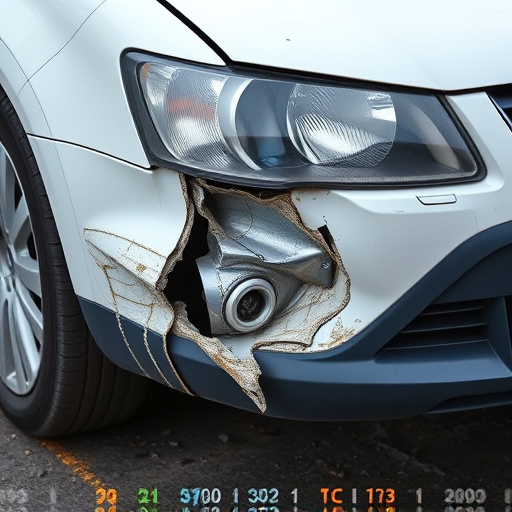
The base coat, overlooked but crucial in auto paint jobs, ensures strong adhesion, prevents defects,…….

Proper nail bed preparation includes cleansing, pushing back cuticles, filing, and shaping nails, fo…….
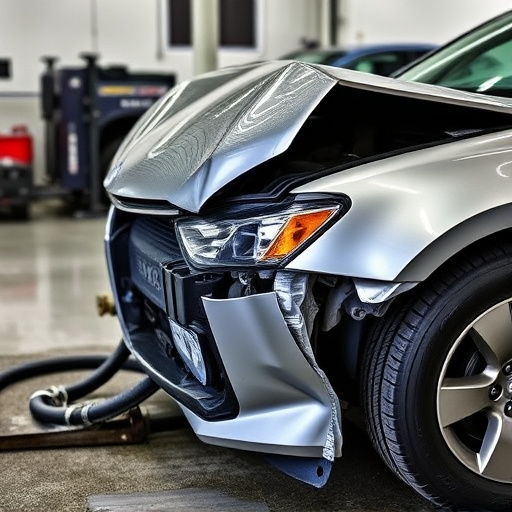
The base coat, crucial in painting and collision repair, offers protective shielding and streamlines…….

Base coat application is a critical step in car restoration and repair, using various tools and tech…….
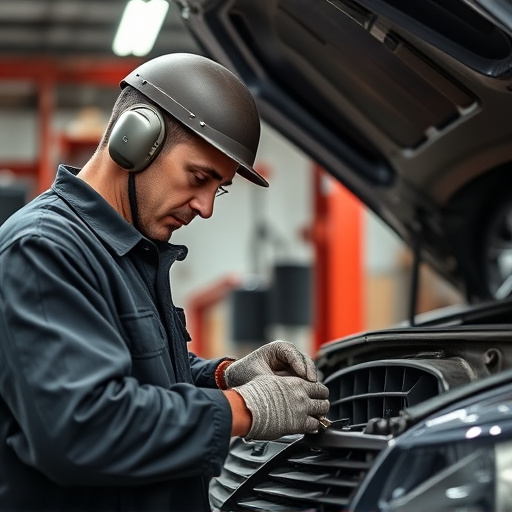
Base coat application is a critical step in auto aesthetics and protection, with spraying offering p…….

Mastering base coat application is key in auto body repairs, using techniques like airbrush for prec…….

Mastering base coat application techniques is crucial in vehicle paint repair, with professionals us…….
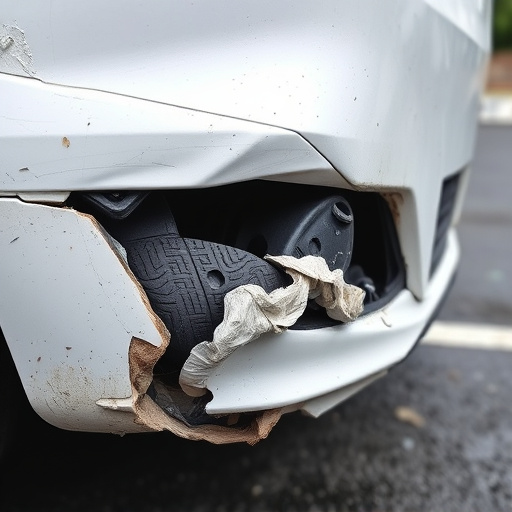
Base coat application is vital in glass, window frame, and car repair for long-lasting fixes. It pre…….

The base coat application is a critical step in vehicle safety inspections and collision repair, ens…….